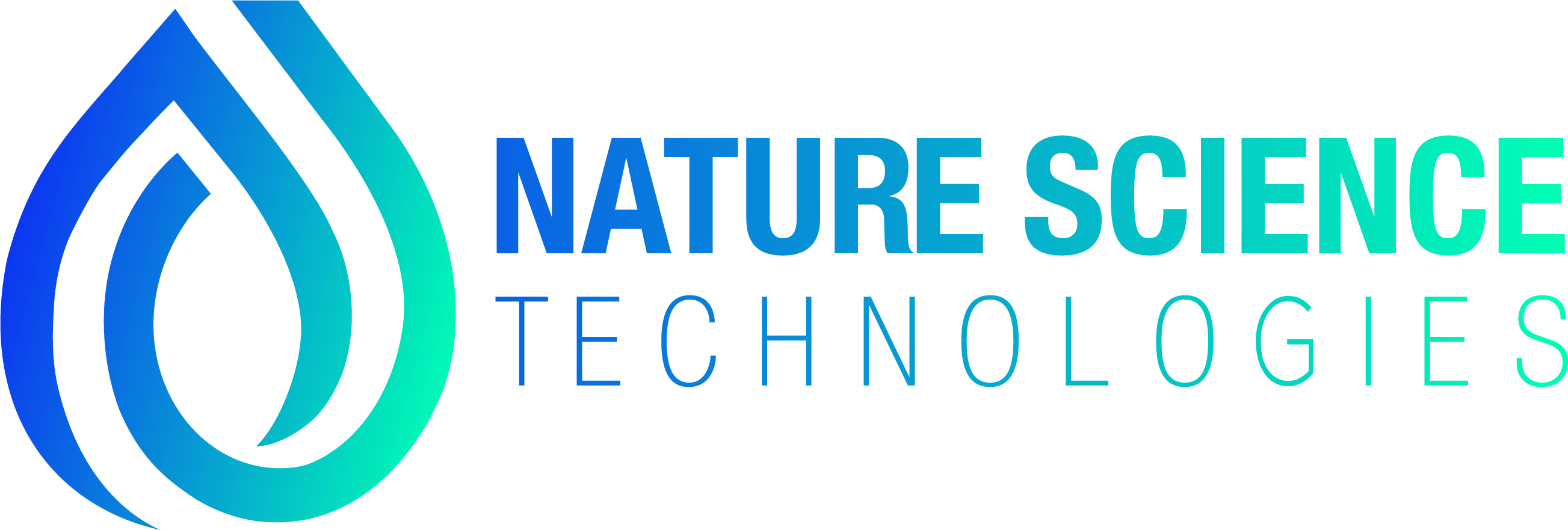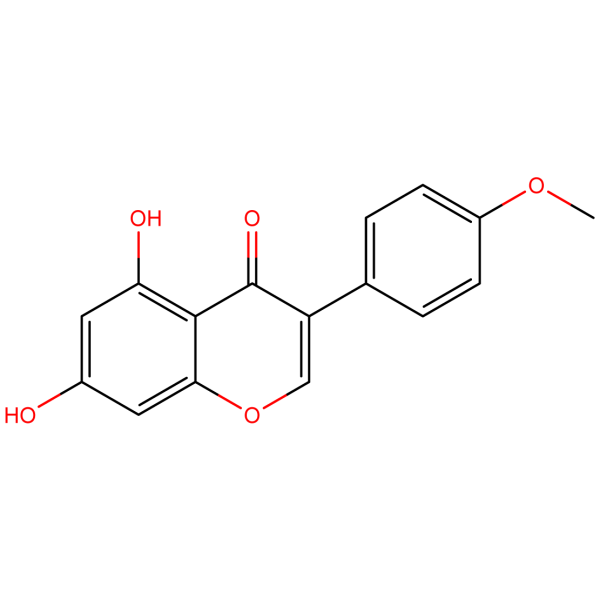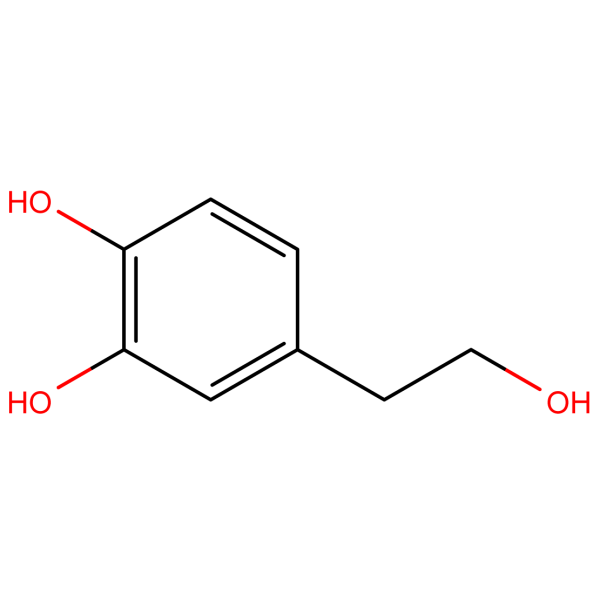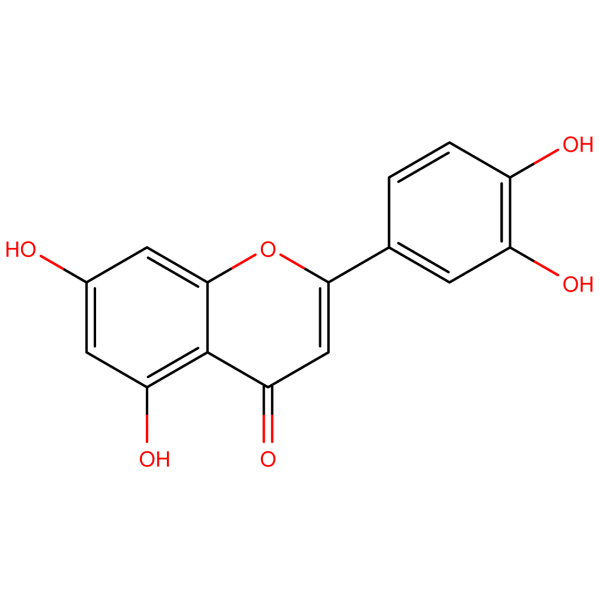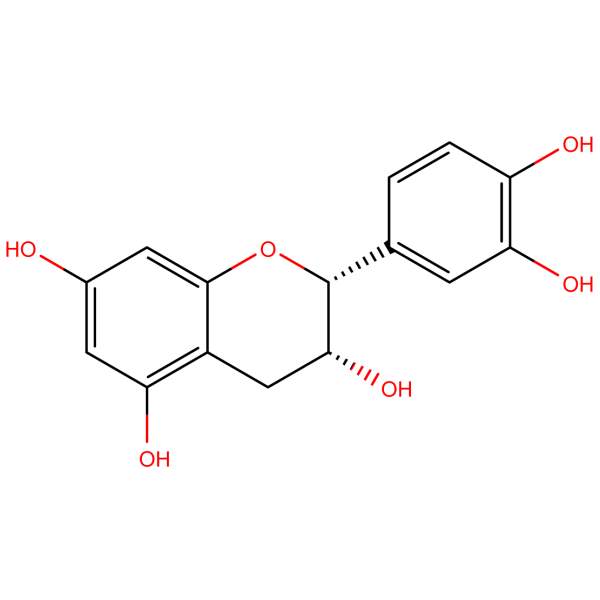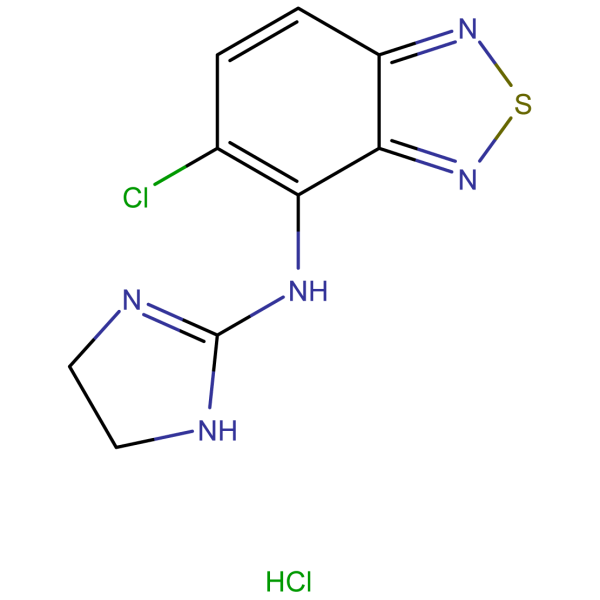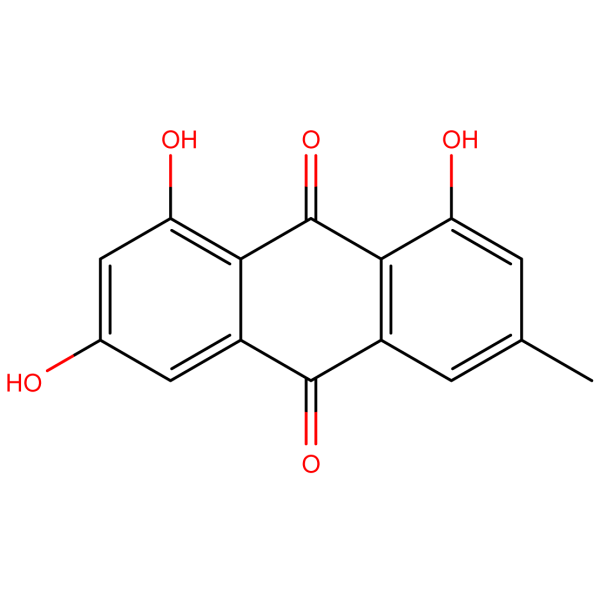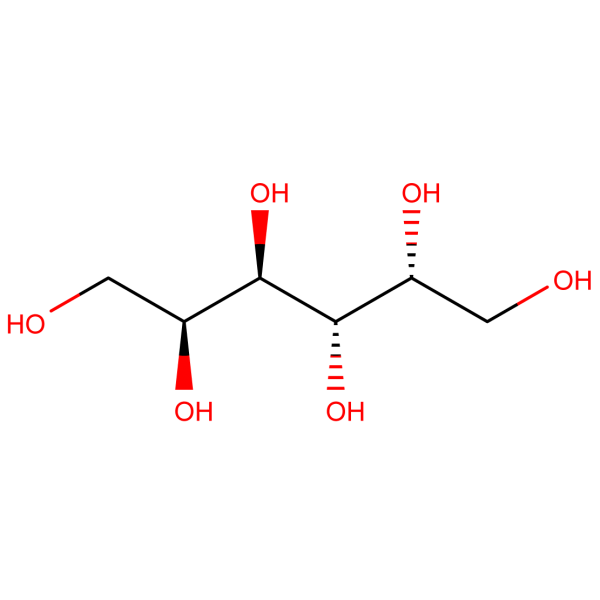Asiatic Acid: Potent Triterpenoid for Advanced Biomedical Research
1. Molecular Identity
- Chemical Name: 2α,3β,23-trihydroxyurs-12-en-28-oic acid
- CAS Number: 464-92-6
- Source: Naturally occurring in Centella asiatica (Gotu kola) and other plants
2. Biochemical Significance
Asiatic acid is a pentacyclic triterpenoid with a unique molecular structure that contributes to its diverse biological activities. Its presence in traditional medicinal plants and potential therapeutic effects make it a compound of significant interest in natural product research and drug discovery.
3. Key Properties
- Neuroprotective: Shows potential in protecting neuronal cells
- Wound Healing: Promotes collagen synthesis and tissue regeneration
- Anti-inflammatory: Demonstrates ability to modulate inflammatory responses
- Anticancer Potential: Exhibits promising effects in various cancer models
4. Potential Research Applications
- Neurodegenerative disease studies
- Skin health and wound healing research
- Cancer research and drug development
- Hepatoprotective investigations
5. Current Research Focus
Ongoing studies are investigating Asiatic acid’s effects on:
- Cognitive function and neuroprotection in various brain disorders
- Dermal and epidermal regeneration processes
- Various cancer types and mechanisms of action
- Liver fibrosis and hepatic steatosis
6. Formulation Challenges and Innovations
Researchers are actively working on:
- Enhancing bioavailability and solubility
- Developing targeted delivery systems for improved efficacy
- Creating semi-synthetic derivatives with optimized properties
7. Regulatory Considerations
As a naturally occurring compound, Asiatic acid’s (CAS 464-92-6) regulatory status varies. Its use in specific therapeutic applications would require comprehensive safety and efficacy evaluations to meet regulatory standards.
8. Future Research Directions
The scientific community anticipates:
- Advanced preclinical and potential clinical trials for specific health indications
- Exploration of Asiatic acid’s potential in combination therapies
- Investigation of structure-activity relationships for enhanced derivatives
9. Collaborative Opportunities
We invite neuroscientists, dermatologists, oncologists, and academic institutions to explore the research potential of Asiatic acid. For inquiries, collaborations, or to discuss how Asiatic acid can benefit your research projects, please contact us at sales@nstchemicals.com.
Join us in advancing biomedical research with Asiatic acid – a versatile triterpenoid at the forefront of natural product-based drug discovery and development.
